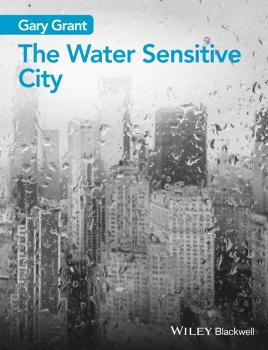ТОП просматриваемых книг сайта:
Gary Grant
Список книг автора Gary GrantАннотация
Аннотация
This book advocates a more thoughtful approach to urban water management. The approach involves reducing water consumption, harvesting rainwater, recycling rainwater and adopting Sustainable Drainage Systems (SuDS) where surface water is not sent straight to drains but is intercepted by features like green roofs, rain gardens, swales and ponds.Cities in particular need to change the existing linear model of water consumption and use to a more circular one in order to survive. The Water Sensitive City brings together the various specialised technical discussions that have been continuing for some time into a volume that is more accessible to designers (engineers and architects), urban planners and managers, and policymakers.
Аннотация
The need to find new approaches to the development of cities is becoming increasingly urgent in this age of continuing population growth, demographic transition, climate change, fossil fuel peak and biodiversity losses. Restoring ecosystem services and promoting biodiversity is essential to sustainable development – even in the built environment. Ecosystem Services come to Town: greening cities by working with nature demonstrates how to make urban environments greener. It starts by explaining how, by mimicking nature and deliberately creating habitats to provide ecosystem services, cities can become more efficient and more pleasant to live in. The history of cities and city planning is covered with the impacts of industrial urban development described, as well as the contemporary concerns of biodiversity loss, peak oil and climate change. The later sections offer solutions to the challenges of sustainable urban development by describing and explaining a whole range of approaches and interventions, beginning at the regional scale with strategic green infrastructure, looking at districts and precincts, with trees, parks and rain gardens and ending with single buildings, including with green roofs and living walls. Technical enough to be valuable to practitioners but still readable and inspirational, this guide demonstrates to town planners, urban designers, architects, engineers, landscape architects how to make cities more liveable.







